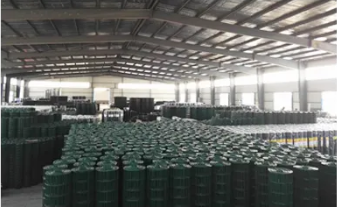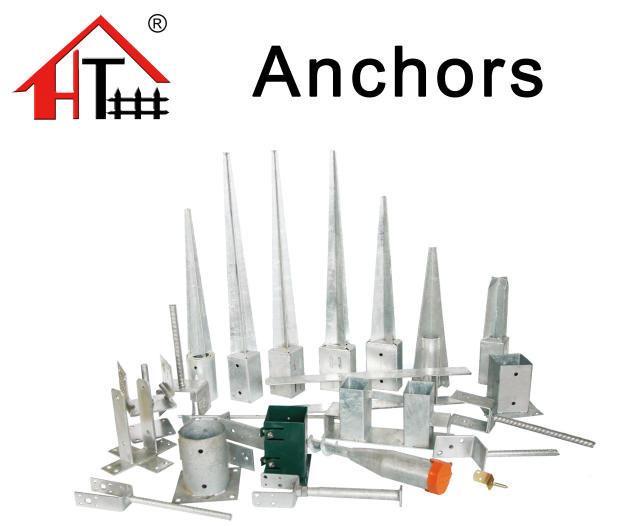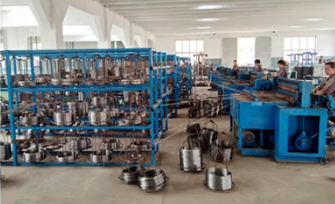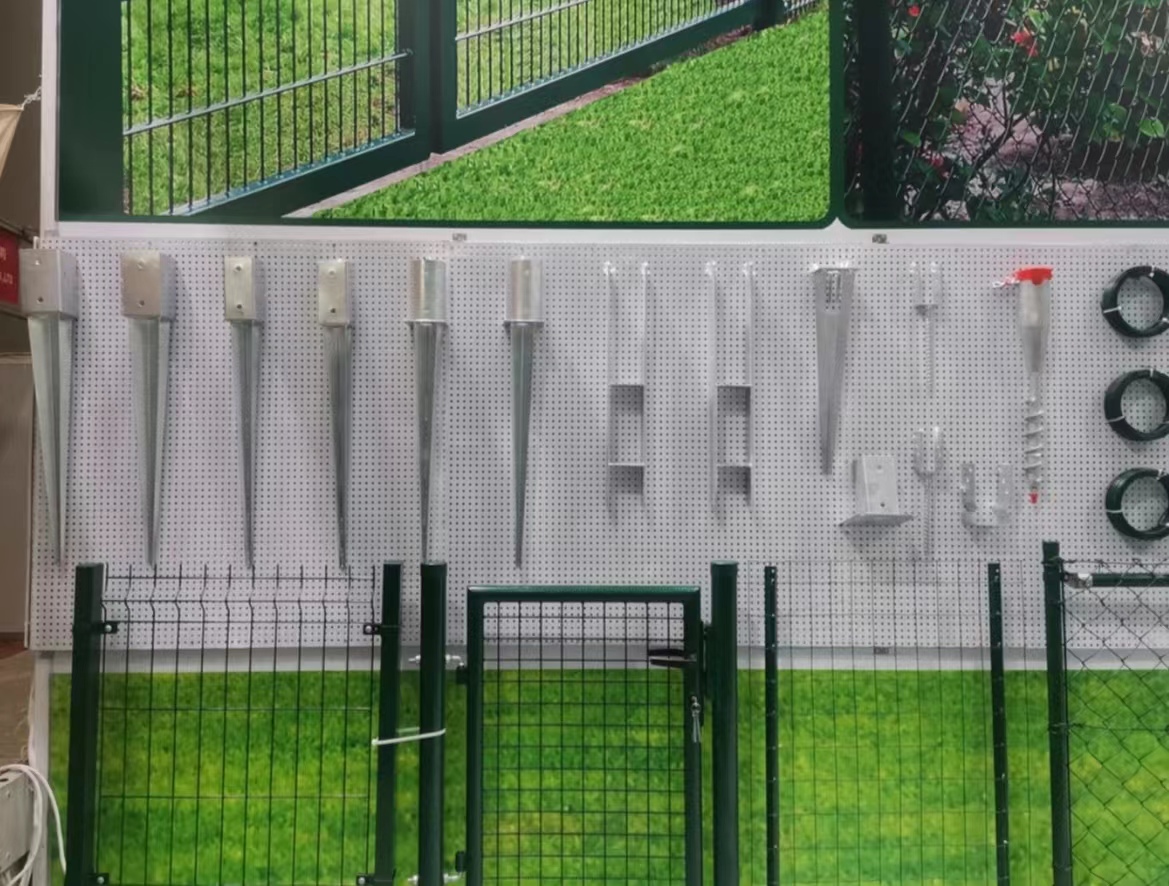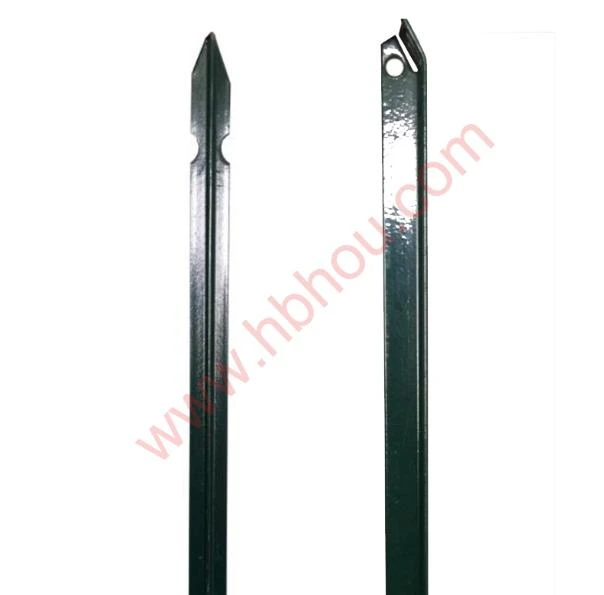Understanding Panel Fencing Prices
Panel fencing is a popular choice for homeowners and businesses looking to enhance their outdoor spaces. It offers a combination of aesthetic appeal, security, and durability. However, one of the primary considerations when deciding on panel fencing is the associated costs. Understanding panel fencing prices can help consumers make informed decisions and ensure they get the best value for their investment.
The price of panel fencing can vary significantly based on several factors. Firstly, the materials used in the construction of the panels dramatically affect the cost. Wooden panels, for example, are often less expensive upfront, but they require more maintenance and can have a shorter lifespan compared to metal or vinyl options. Metal fencing, such as wrought iron or aluminum, tends to be more durable and requires less maintenance but comes with a higher price tag. Vinyl panels are also popular due to their long lifespan and minimal upkeep, often positioning themselves in the mid to high price range.
Another important aspect influencing panel fencing prices is the height and style of the panels. Standard panel heights range from 3 to 6 feet, with taller panels typically costing more. Additionally, customized designs or decorative features can add to the overall expense. For example, a panel fence with intricate designs or trellises will naturally be more expensive than a simple, straightforward design.
panel fencing prices
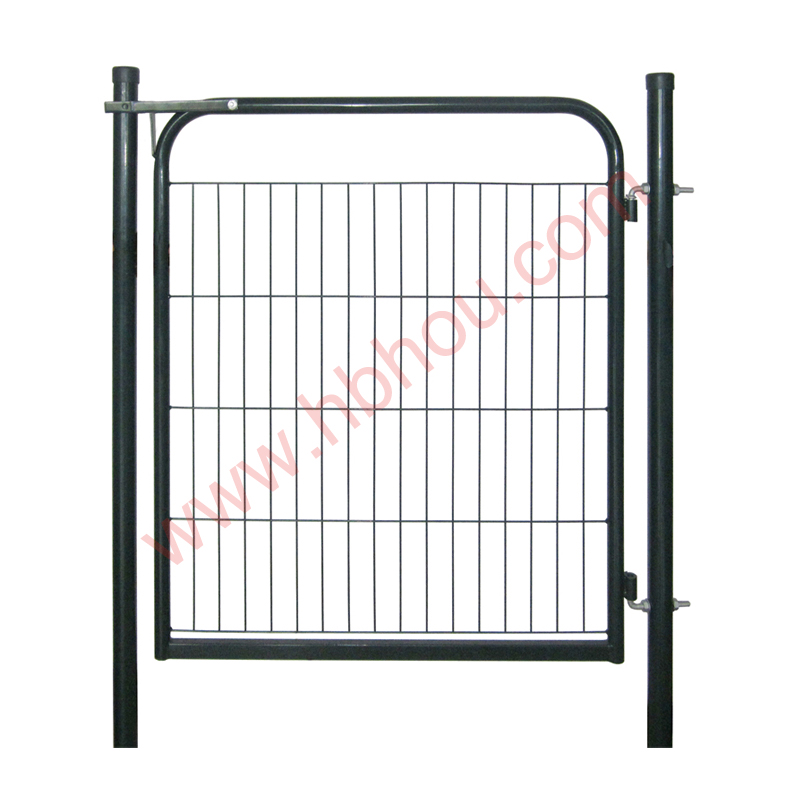
Installation costs are another critical component of the overall pricing. While some homeowners opt for DIY installation to save money, this approach can lead to additional costs if mistakes are made or if specialized tools are required. Hiring professional installers can ensure the job is completed correctly but will increase the total cost. On average, professional installation can add anywhere from $5 to $15 per linear foot, depending on the complexity of the job and local labor rates.
Geographical location also plays a significant role in panel fencing prices. In urban areas, where labor costs are higher and materials are in greater demand, prices tend to be elevated. Conversely, rural areas may offer more competitive pricing due to lower demand and decreased overhead costs for suppliers.
When budgeting for panel fencing, it’s essential to consider both initial costs and long-term expenses, including maintenance and possible repairs. Wooden panel fencing may require staining or sealing every few years, while vinyl and metal options offer more longevity with less frequent upkeep.
In conclusion, the prices for panel fencing can vary widely based on material, style, height, installation, and geographic location. Homeowners should assess their needs and budget thoroughly, taking into account all factors to make a well-informed decision. By doing so, they can ensure that their investment in panel fencing meets their aesthetic and practical requirements while remaining financially sound.









